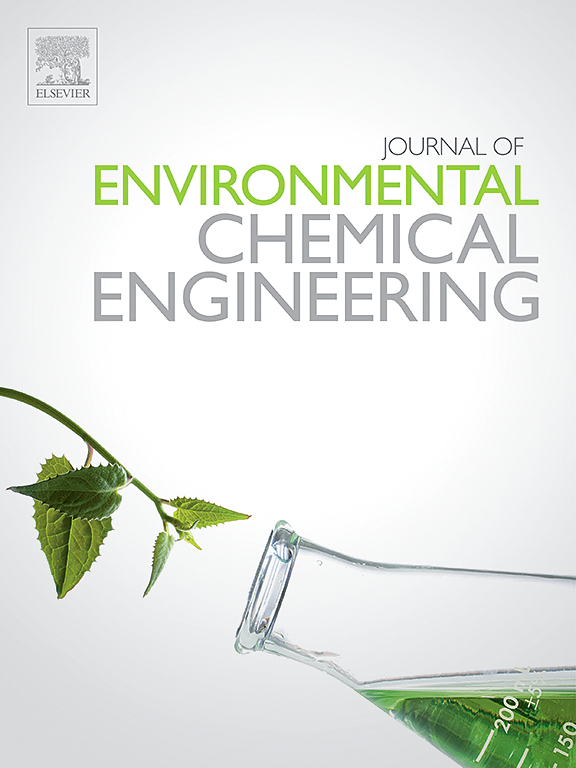Recent progress in crystalline carbon nitride-based photocatalysts for energy conversion and environmental remediation
IF 7.4
2区 工程技术
Q1 ENGINEERING, CHEMICAL
引用次数: 0
Abstract
Polymeric carbon nitride (CN) has attracted extensive interest in the field of photocatalysis due to its excellent physical and chemical properties. However, the pristine CN synthesized by traditional thermal polymerization process suffers from low crystallinity and incomplete polymerization owing to the kinetic hindrance of high temperature solid-state reaction. Very recently, significant progress has been achieved to improve the crystallinity of pristine CN. In this review, we firstly introduce the outstanding advantages of crystalline CN in comparison with pristine CN. Then synthetic methods of crystalline CN are summarized, including direct molten salt synthesis, precursors-preheated molten salt synthesis, solid salt synthesis, solvothermal synthesis, microwave-assisted synthesis, and other synthetic methods. Subsequently, a variety of modification strategies to further enhance the photocatalytic performance of crystalline CN are discussed in detail, such as morphology modulation, bandgap engineering, junction construction, defect control and single atom modification. In addition, the application of crystalline CN in energy conversion and environmental remediation is described. Finally, current challenges related to the crystalline CN-based photocatalysts are proposed, which should be further studied and solved in this research field. We believe that this review can provide deep insights for design and synthesis of crystalline CN-based photocatalysts for energy conversion and environmental remediation.
求助全文
约1分钟内获得全文
求助全文
来源期刊

Journal of Environmental Chemical Engineering
Environmental Science-Pollution
CiteScore
11.40
自引率
6.50%
发文量
2017
审稿时长
27 days
期刊介绍:
The Journal of Environmental Chemical Engineering (JECE) serves as a platform for the dissemination of original and innovative research focusing on the advancement of environmentally-friendly, sustainable technologies. JECE emphasizes the transition towards a carbon-neutral circular economy and a self-sufficient bio-based economy. Topics covered include soil, water, wastewater, and air decontamination; pollution monitoring, prevention, and control; advanced analytics, sensors, impact and risk assessment methodologies in environmental chemical engineering; resource recovery (water, nutrients, materials, energy); industrial ecology; valorization of waste streams; waste management (including e-waste); climate-water-energy-food nexus; novel materials for environmental, chemical, and energy applications; sustainability and environmental safety; water digitalization, water data science, and machine learning; process integration and intensification; recent developments in green chemistry for synthesis, catalysis, and energy; and original research on contaminants of emerging concern, persistent chemicals, and priority substances, including microplastics, nanoplastics, nanomaterials, micropollutants, antimicrobial resistance genes, and emerging pathogens (viruses, bacteria, parasites) of environmental significance.
 求助内容:
求助内容: 应助结果提醒方式:
应助结果提醒方式:


